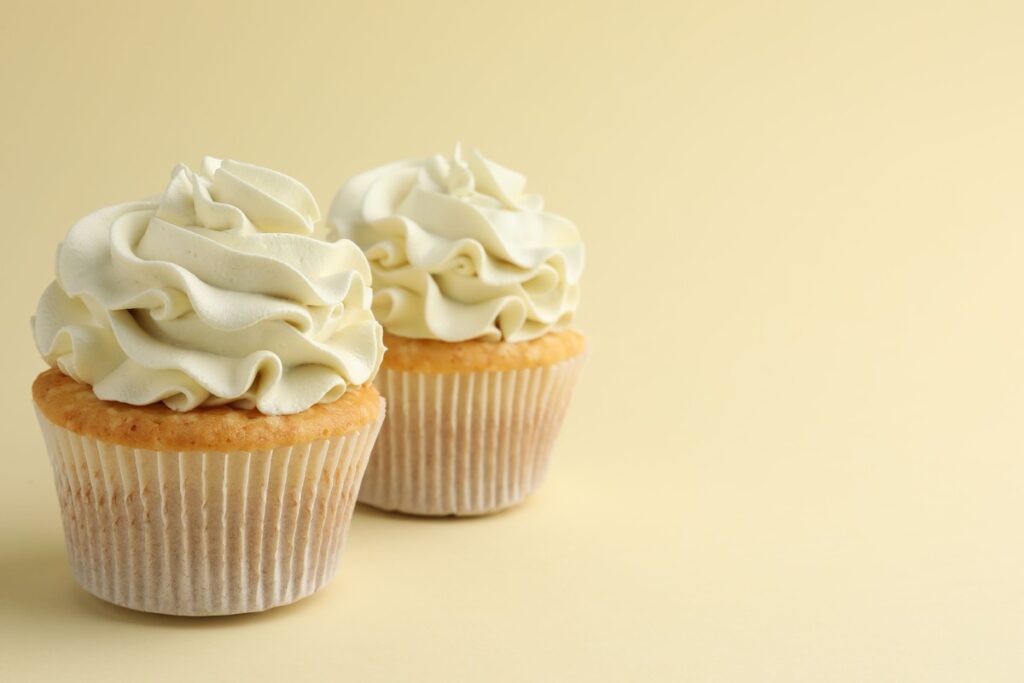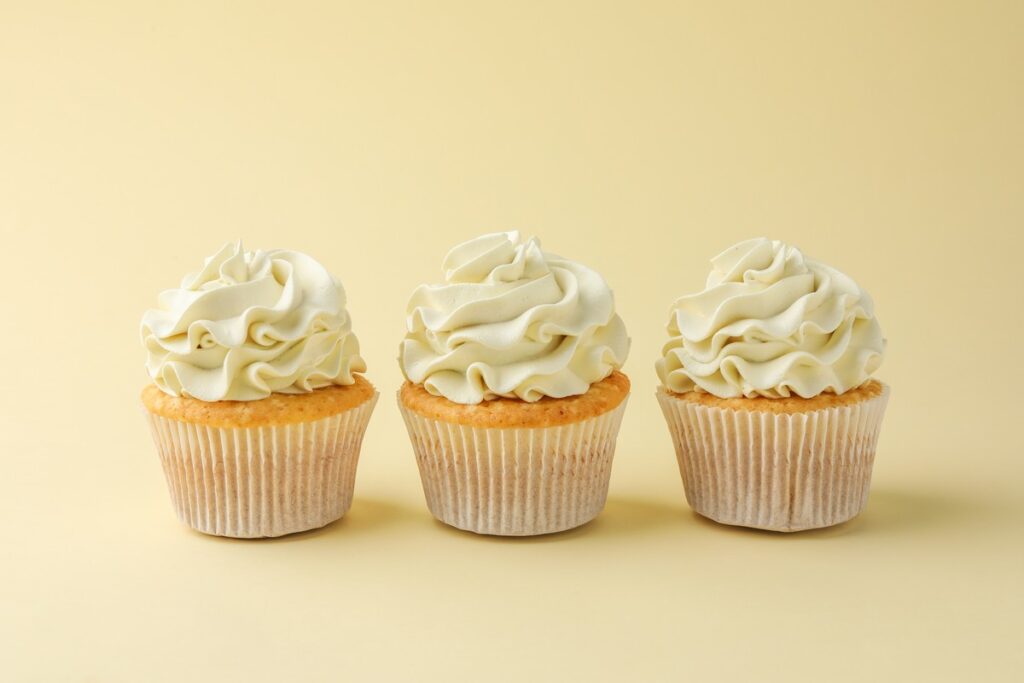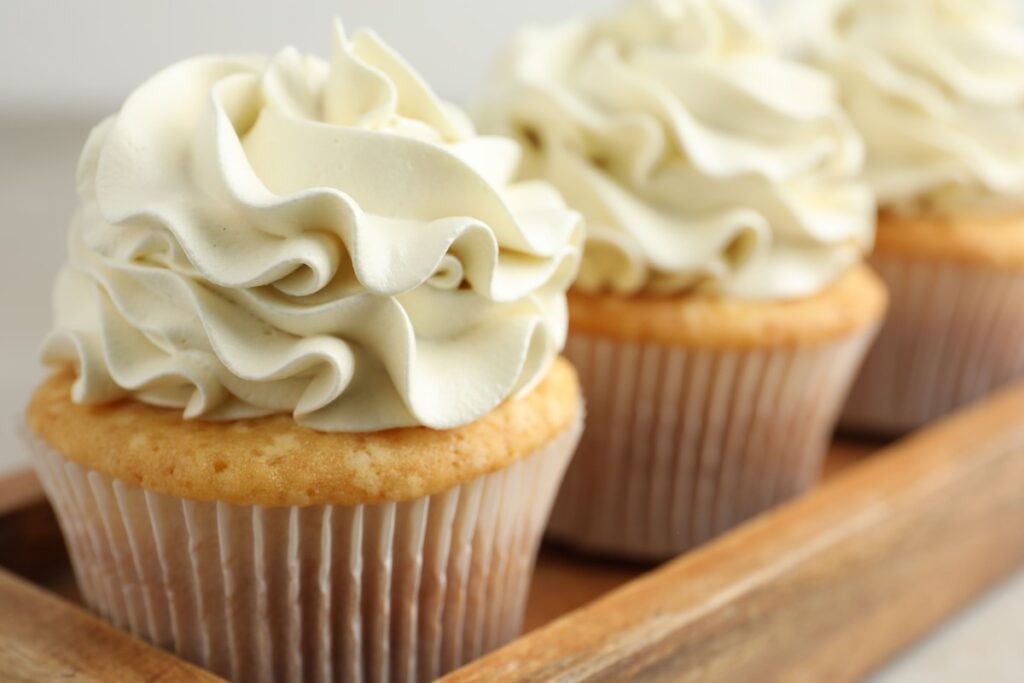Rich Swiss Meringue Buttercream
Swiss meringue buttercream is the gold standard of frosting, celebrated for its luxuriously smooth texture and delicate sweetness. It strikes the perfect balance between silky elegance and rich flavor, making it the preferred choice for bakers looking to elevate their cakes, cupcakes, and pastries. Unlike powdered sugar-heavy American buttercream, Swiss meringue buttercream relies on a meringue base, resulting in a refined, less cloying finish that melts delicately on the palate.
What truly sets Swiss meringue buttercream apart is its versatility. It pipes like a dream, holds its shape effortlessly, and serves as the perfect canvas for intricate cake designs. From wedding cakes to casual cupcakes, it lends a bakery-quality sophistication to any dessert.

Ingredients for the Perfect Swiss Meringue Buttercream
Achieving the perfect texture and taste starts with understanding the role of each ingredient.
Granulated sugar is the backbone of this recipe, dissolving into the egg whites to create a smooth, glossy meringue while providing just the right level of sweetness. The egg whites form the meringue’s structure, ensuring stability and creaminess when whipped to perfection.
Unsalted butter is key to a silky finish. It must be at room temperature soft but not melting so it incorporates seamlessly without breaking the meringue. A small amount of salt subtly enhances the buttercream’s flavor, balancing the sweetness with depth. Finally, pure vanilla extract imparts warmth and aroma, transforming the frosting into a velvety, flavor-rich delight.

Step-by-Step Instructions for Making Swiss Meringue Buttercream
The method for creating Swiss meringue buttercream may sound intimidating, but by following these precise steps, even novice bakers can achieve flawless results.
Begin by setting up a double boiler. Place a large, heat-safe mixing bowl over a pot with 1–2 inches of simmering water. The water should never touch the bowl to ensure gentle heating.
Add the egg whites and granulated sugar to the bowl and whisk continuously. Stirring is critical to prevent the egg whites from scrambling. After 3–4 minutes, check that the sugar has fully dissolved by rubbing the mixture between your fingers. It should feel completely smooth, with no grainy texture remaining.
Once the mixture reaches 140°F–150°F or feels smooth, remove the bowl and let it cool for 10 minutes. The slight cooling step ensures the meringue whips correctly.
Using a stand mixer fitted with a whisk attachment, beat the egg white mixture on high speed for 5–7 minutes. At this stage, you’ll see soft, glossy peaks forming, and the bowl’s bottom should feel neutral to the touch no longer warm.
Gradually reduce the speed to medium-low and add the butter, one tablespoon at a time. It’s essential to allow each piece to blend fully before adding the next to avoid clumping. At this stage, the buttercream may appear split or curdled don’t worry! Continue whipping. The butter will emulsify into the meringue, creating a smooth, cohesive frosting.
Once the butter is fully incorporated, mix in the vanilla extract and salt. Turn the mixer up to high speed and whip for another 6–8 minutes until the buttercream is luxuriously thick, smooth, and holds firm peaks. To perfect the texture, gently fold the buttercream with a spatula for 1–2 minutes, removing any remaining air bubbles.

Recipe Tips
- The importance of a clean, grease-free bowl: Meringue won’t whip properly if there’s even a trace of grease. Wipe the bowl with vinegar or lemon juice before starting.
- How to save buttercream that looks soupy or grainy: If the buttercream is too runny, place it in the refrigerator for 15 minutes, then whip again. If it’s grainy, continue mixing on high speed until it smooths out.
- Adjusting for hot and humid climates: Warm weather can make buttercream too soft. Chill it briefly or add slightly cooler butter during the whipping process.
- Storing Swiss meringue buttercream for later use: Store in an airtight container in the refrigerator for up to a week. Allow it to come to room temperature and re-whip before using.
What to Serve With This Recipe
Swiss meringue buttercream is as versatile as it is delicious. Its smooth texture complements a wide variety of baked goods.
It pairs beautifully with classic cakes like vanilla sponge, red velvet, and rich chocolate layers. For cupcakes, it’s the perfect finishing touch, providing elegant swirls or rosettes that are both decorative and delightful.
Beyond cakes and cupcakes, this buttercream shines in creative desserts. Use it as a filling for macarons, layer it between cookies, or spread it onto homemade sandwich biscuits. For a show-stopping finish, pipe it onto pavlovas or layer it in trifles for a polished presentation.

Flavor Variations to Try
While the classic vanilla flavor is timeless, Swiss meringue buttercream is endlessly customizable.
For a rich chocolate version, incorporate melted and cooled dark chocolate into the buttercream. A citrus twist can be achieved by adding zest or extracts of lemon, orange, or lime for a bright, refreshing taste. Coffee lovers will enjoy mocha buttercream simply blend espresso powder or cooled coffee into the mixture. For a fruity finish, fold in fresh berry purees like raspberry, strawberry, or passion fruit, creating a vibrant color and tart contrast.
Frequently Asked Questions
- Why does my buttercream look curdled, and how do I fix it?
If the buttercream appears curdled, it’s usually a temperature issue. Keep whipping, as the butter will eventually emulsify into the meringue. If needed, warm the bowl slightly to help it come together. - Can I make this buttercream in advance?
Yes! Store it in an airtight container in the refrigerator for up to a week or freeze it for up to 3 months. Thaw and re-whip before using. - How do I get rid of air bubbles in my frosting?
Fold the buttercream with a rubber spatula, pressing it against the sides of the bowl to release any trapped air pockets. - Is Swiss meringue buttercream safe to eat with raw eggs?
Yes, the egg whites are heated to a safe temperature during the double boiler stage, making the buttercream perfectly safe to consume.
Final Thoughts
Swiss meringue buttercream transforms ordinary desserts into extraordinary masterpieces with its silky texture and versatility. Whether you’re frosting an elegant wedding cake or adding a swirl of luxury to cupcakes, this buttercream delivers bakery-quality results every time. With endless flavor possibilities and a little practice, you’ll master this sophisticated frosting and take your baking to new heights.

Swiss Meringue Buttercream
Ingredients
- 1¾ cups granulated sugar
- 6 large egg whites
- ⅛ teaspoon salt
- 1 tablespoon pure vanilla extract
- 3 sticks 1½ cups unsalted butter, at room temperature, cut into 1-tablespoon pieces
Instructions
- Begin by preparing a double boiler. Place a heat-safe mixing bowl over a saucepan containing 1–2 inches of gently simmering water. Ensure the bottom of the bowl does not touch the water to prevent overheating the eggs.
- Add the egg whites and granulated sugar to the bowl, whisking consistently to blend the two ingredients. Keep stirring the mixture gently but continuously for about 3–4 minutes, until the sugar completely dissolves. To check, rub a small amount of the mixture between your fingers it should feel smooth, without any sugar granules. The temperature at this stage should fall between 140°F and 150°F, though a thermometer isn’t required.
- Once the sugar has fully melted, carefully lift the bowl off the saucepan and set it on a towel to cool slightly for 10 minutes at room temperature.
- Next, secure the bowl onto your stand mixer fitted with a whisk attachment. Whip the egg white-sugar mixture on high speed for 5–7 minutes, until soft to medium peaks form and the bowl’s bottom feels neutral to the touch.
- Reduce the mixer speed to medium-low and gradually incorporate the softened butter, one piece at a time. Allow each cube to fully mix in before adding the next, ensuring a smooth and cohesive mixture.
- When all the butter has been added, pour in the vanilla extract and sprinkle in the salt. Increase the mixer speed to high and beat for an additional 6–8 minutes. At first, the buttercream may appear curdled or uneven in texture this is perfectly normal. Continue whipping until the buttercream transforms into a silky-smooth, thick consistency with firm peaks.
- If the mixture still seems split or overly soft after 8 minutes, don’t panic; refer to troubleshooting suggestions for adjustments.
- Finally, to eliminate excess air bubbles and achieve a flawless texture, remove the bowl from the mixer. Use a rubber spatula to gently fold the buttercream for 1–2 minutes, pressing it against the sides of the bowl as you work.
- Your Swiss meringue buttercream is now ready to spread, pipe, or swirl into beautiful, velvety creations. Enjoy!
Notes
Soupy Buttercream: If the buttercream looks thin or runny, the butter may have been too soft. Place the bowl into the freezer for about 5 minutes. Remove and whip on high speed until it thickens and achieves a creamy consistency.
For Advance Preparation: If making buttercream ahead of time or using leftovers, let it sit at room temperature for an hour. Then rewhip it in an electric mixer for several minutes until it regains its smooth, creamy texture. Should it appear curdled or soupy during this process, refer to the troubleshooting tips above.
